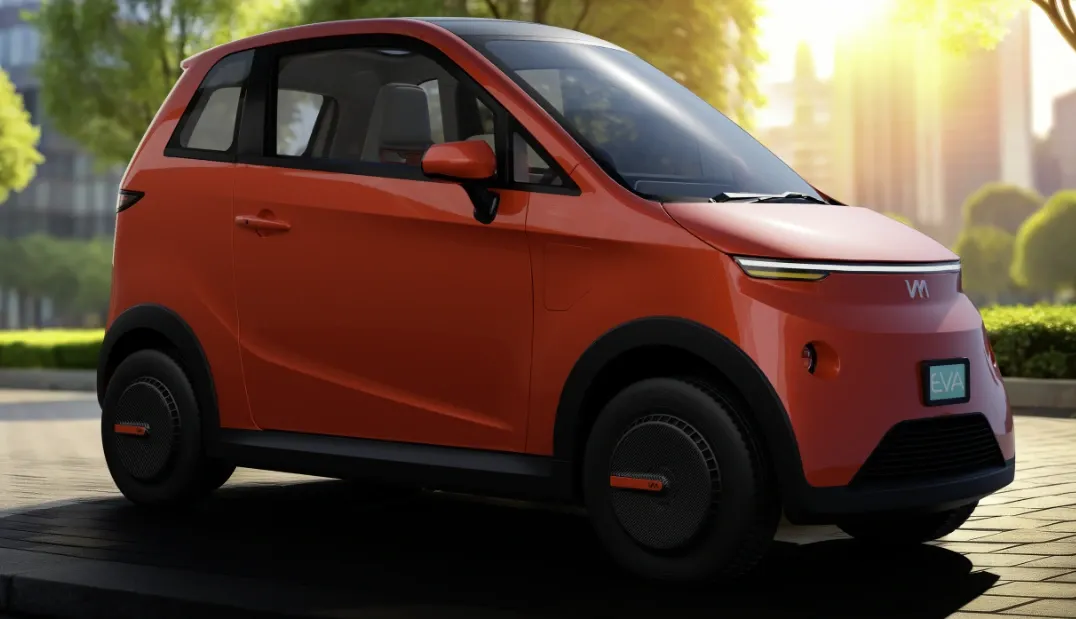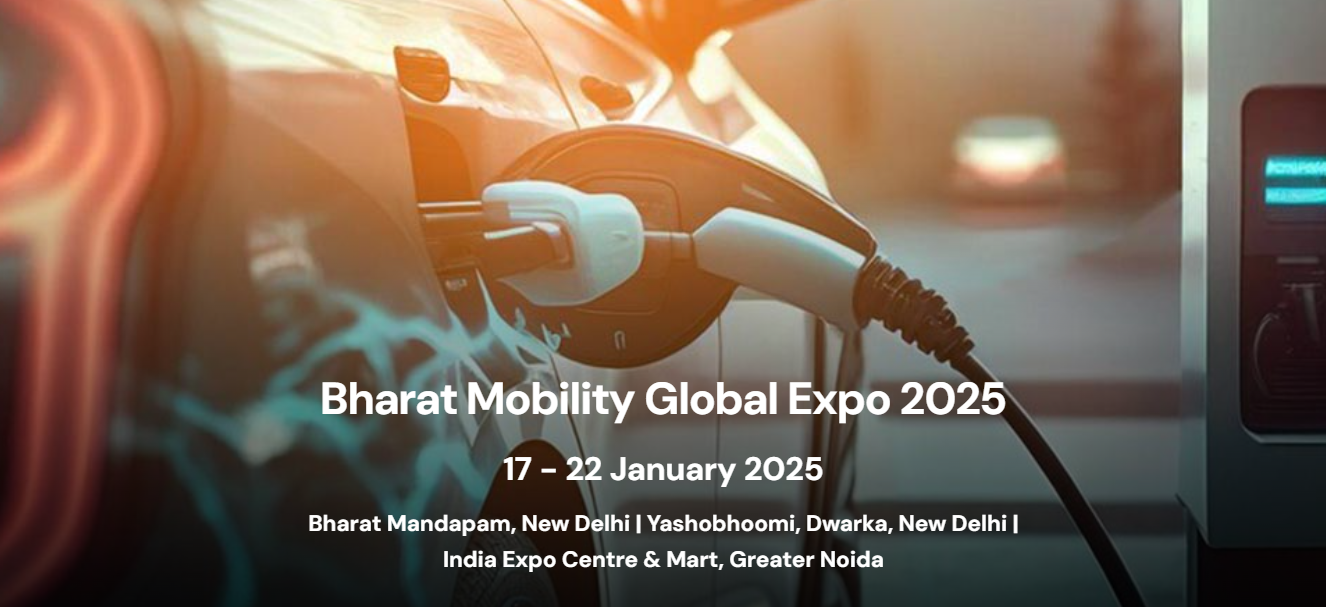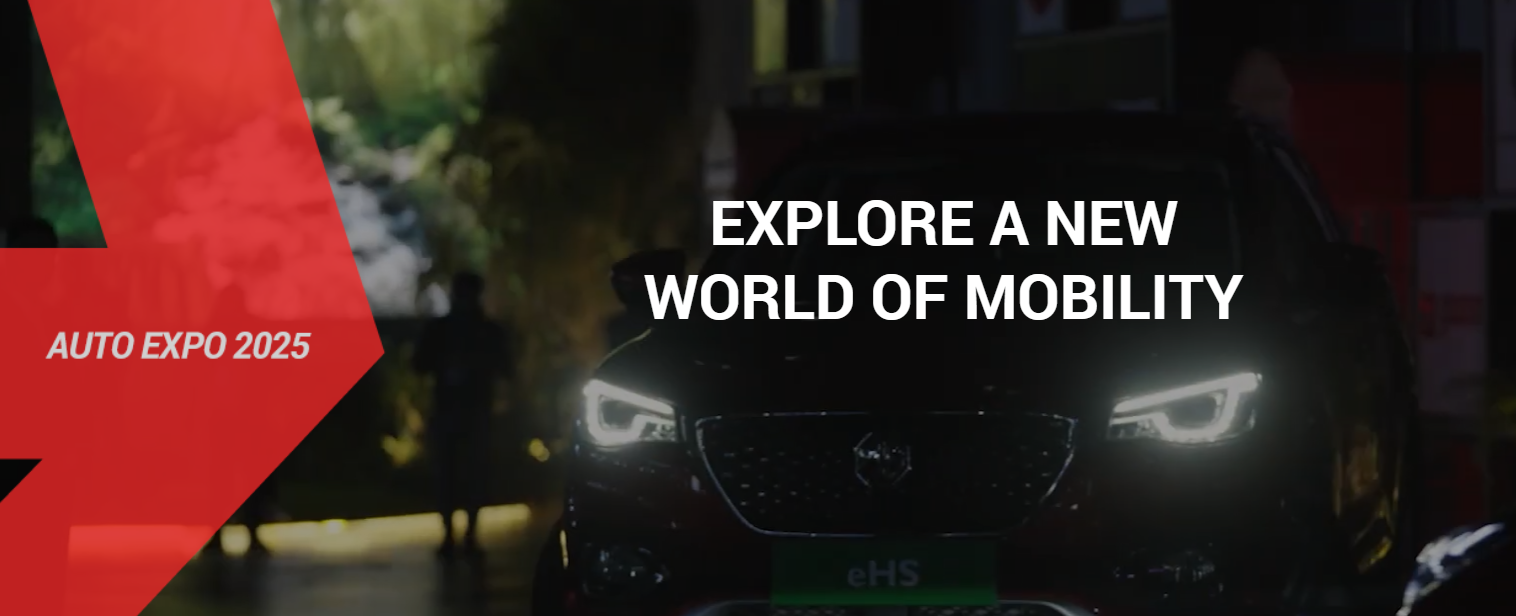Are you planning to buy an electric vehicle?
If your reply is ‘Yes’, I welcome your wise decision.
Electric cars, also known as electric vehicles are the future of transportation. It runs on electrical energy supplied by a rechargeable battery instead of using petrol or diesel.
EVs have several benefits. They produce zero tailpipe emissions, thereby reducing air pollution and dependence on petroleum.
EVs are more energy efficient with energy conversion rates more than 90 percent. Moreover, they have the option of a domestic charging facility.
The maintenance cost of EVs is also lower than that of traditional ICE engine cars.
To boost the larger adoption of EVs, Governments are also offering incentives and tax benefits for purchasing EVs.
Things to Consider Before Buying an Electric Vehicle
As you can see, Electric vehicles are becoming popular due to their environmental and cost-saving benefits. However, choosing the right EV requires careful thought. Here are the top 10 things to consider before buying an electric car to ensure it fits your needs.
1. Charging Infrastructure
The availability of charging stations is one of the biggest factors when purchasing an electric car.
You may think for investing in home charging facility. Home chargers significantly reduce the hassle of waiting in a queue in the public charging stations and may appear cost-effective in the long run. But consider that setting up a Level-2 home charger can be expensive initially and requires adequate space. Moreover, home chargers, particularly Level-1, are slower compared to public fast chargers.
Even when you have home charging facility, there are several cases when you may depend on public charging stations. Public charging stations generally have better and faster charging infrastructure than your home chargers.
However, the network of public charging stations in India is growing rapidly, especially, along highways and in urban areas. However, in rural areas, availability is still limited.
Considering this, you may check the availability of public charging stations along the highways or in your city where you drive frequently before registering your EV.
The Ministry of Power, Government of India has released revised guidelines on 18th September 2024 for installation and operation of EV charging stations to boost faster adoption of electric vehicles (EVs) and expand the public charging infrastructure.
The guidelines follow the launch of the PM Electric Drive Resolution in Innovative Vehicle Enhancement (PM E-DRIVE) scheme, which also focuses on the building of charging infrastructure throughout the nation.
The revised guidelines targeted public spaces like commercial complexes, railway stations, petrol pumps, airports, metro stations, shopping malls, municipal parking lots, highways, and expressways for installation of chargers.
2. Range Factor
The driving range of an EV is one of its most critical aspects. It determines how far you can travel on a single charge. Some EVs offer a range of around 200 – 300 km, suitable for city driving, while others provide up to 500 km or more, ideal for long-distance travel. It is imperative to assess your daily commuting needs and consider occasional long trips. A higher range might come with a higher price tag, so balance your needs with your budget.
Some of the most popular models in India within the 300 – 500 km range are the MG Windsor EV, Tata Tiago EV, Tata Punch EV, Tata Nexon EV and Mahindra XUV400 EV.
3. Battery Life and Warranty
The battery is one of the most expensive parts of an electric car. It accounts for 40 percent of the cost of an electric vehicle. Its performance and longevity directly impact the vehicle’s usability. Battery life and warranty of EV depends on the manufacturer of the vehicle, model of the car and country where it is purchased. EV batteries are made from lithium-ion-cells which are also used in cell-phone batteries. Lithium-ion batteries are made up of individual cells. One way to save your pocket is by replacing the dead cells instead of replacing the entire battery. Before buying an electric car, one must explore the expected battery lifespan, the cost of replacement, and the degradation rate over time.
4. Incentives and Subsidies
To ensure a greener future Governments around the globe are taking initiatives to promote the adoption of electric vehicles.
The Government of India has introduced several schemes to incentivize EV production, adoption, and usage. NITI Aayog, in July 2023 laid down the roadmap for the growth of electric mobility to achieve net Zero emissions by 2070.
Toward achieving the broader target, the Government initiated the FAME (Faster Adoption and Manufacturing of (Hybrid &) Electric Vehicles scheme, Production Linked Incentive (PLI) Scheme, Electric Mobility Promotion Scheme (EMPS) and PM E-DRIVE scheme. The PM E-DRIVE scheme, with an outlay of Rs. 10,900 crores, aims at faster adoption of electric vehicles, setting up charging infrastructure and building up a vibrant ecosystem for manufacturing of EVs. The government has also introduced battery-swapping policy to reduce battery charging time by swapping drained batteries with fully charged ones. The Government has also exempted customs duties for importing machineries and equipments required for lithium-ion cells. The Goods and Services Tax (GST) on electric vehicles has been lowered from 12% to 5%, while the GST on charging stations for EVs has been reduced from 18% to 5%.
5. EV Performance and Features
Modern EVs are mostly equipped with advanced technology, offering impressive performance and features. Before you go for a purchase, an evaluation of the car’s acceleration, top speed, and overall driving experience is necessary. One should have in mind other additional features such as regenerative braking, smart infotainment systems, and safety technologies like Advanced Driver-Assistance Systems (ADAS). These features enhance driving comfort, convenience, and safety, making your first EV ownership more rewarding.
6. Cost of Ownership
Electric cars are known for lower running costs compared to traditional ICE cars. However, the upfront cost of an EV is generally higher. Other things to consider as additional costs are the cost of charging equipment, electricity rates, and insurance premiums. Many EVs prove economical in the long term despite the upfront cost.
7. Resale Value
When we purchase a vehicle, we think first not only about the cost of the car but also its resale value and estimated future depreciation. It is a well-known fact that traditional fuel cars often retain significant resale value. But, in case of electric vehicles, it is still in developing condition. The resale value of any car, including EV, depends on certain factors like brand reputation, driving range, proper maintenance of the car during its lifetime, battery health and cost, Certified Pre-Owned (CPO) car program, vibrant market, charging infrastructure etc. A vehicle with better resale potential ensures a higher return on your investment.
8. Types of EV
There are two main types of EVs: Battery Electric Vehicles (BEVs) and Plug-in Hybrid Electric Vehicles (PHEVs). BEVs rely entirely on electric power, supported by a battery, making them ideal for eco-conscious buyers. PHEVs, on the other hand, combine a battery with a traditional combustion engine, offering flexibility for long-distance travels. Choosing the right one that suits you best depends on your driving habits and availability of infrastructure.
9. Charging Speed
Battery Charging speed plays a vital role in convenience, especially in the middle of a trip when you drive in a charging station to refuel your EV battery. Many EVs now support fast charging options that can recharge the battery up to 80% within an hour. However, not all models or chargers provide this capability. Home charging facility is a good option, if you can bear the cost, where you may have enough time to recharge the battery overnight. Home charging is not a replacement for public fast charging points. Moreover, a better understanding of the Level 1 (slow) and Level 2 (faster) chargers will help you plan your charging routine effectively.
10. Brand Reputation and Reviews
The brand reputation and reviews affect your EV experience. Established manufacturers often provide better quality, service, and long-term reliability. Exploring user reviews, expert ratings, and detailed comparisons of the EV models before purchasing an EV model matter. Brands with good reputations often have better service networks and support systems, ensuring hassle-free ownership.
India’s Electric Vehicle Market Size
Before I conclude, I would like to write a few lines on India’s electric vehicle market size.
India is the third-largest automobile market in the world in terms of sales.
Despite that large domestic market, the overall share of electric vehicles against auto sales is below seven percent.
However, the Indian EV market is projected to expand from US$ 23.38 billion in 2024 to US$ 117.78 billion by 2032 at a CAGR of 22.4 percent during the forecast period – according to Fortune Business Insights. Moreover, the Government of India aims to achieve 30 percent EV penetration by 2030. India witnessed a surge in electric vehicle registrations of 13.06 lakh between April and November 2024 which is a 25.64 increase compared to the same period in 2023.
Let Me Conclude
Buying an electric car is a major decision, particularly at a moment when all stuffs are in a developing condition. Hope, the above 10 factor will be helpful arriving at your decision. A well-researched purchase ensures your EV will be both practical and enjoyable. All I can say, choosing a right electric car or vehicle what you call, you can contribute to a sustainable future while enjoying cutting-edge technology.










